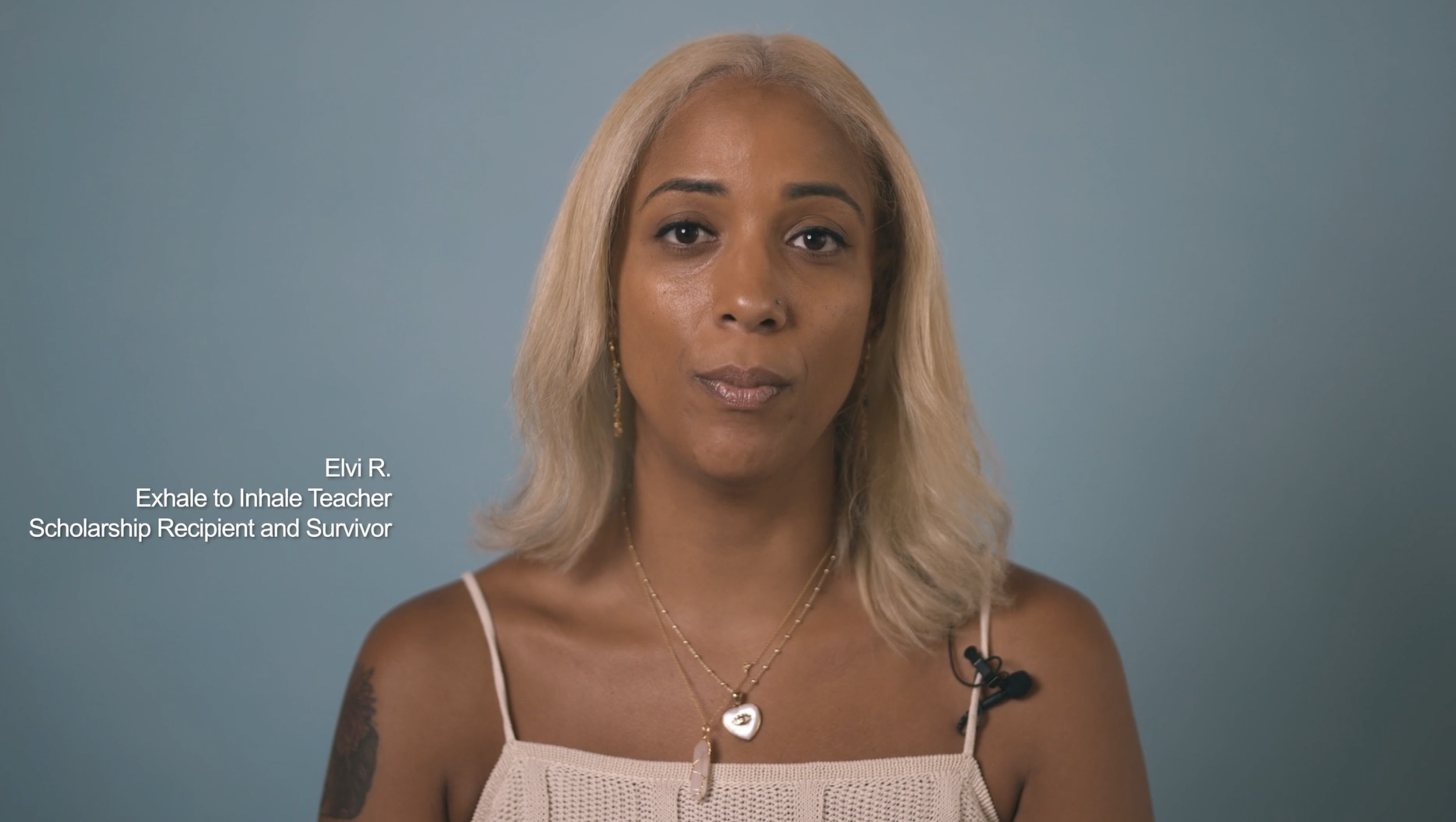Our Mission
Exhale to Inhale uses trauma-informed yoga to empower survivors of domestic violence and sexual assault while providing communities with tools and knowledge to support them.
We envision a world where every survivor has access to the healing power of trauma-informed yoga.
Our Programs
-
Trauma-informed yoga classes and related resources provided directly to nonprofits, shelters, and crisis centers.
-
Weekly live, online, trauma-informed yoga classes in both English and Spanish offering broad access to the benefits of trauma-informed yoga.
-
Trauma-informed yoga trainings to create and expand trauma-informed spaces and community learning opportunities.
-
36 weeks of in-person and on-demand trauma-informed yoga classes and training program for college students, staff and faculty at 10 colleges and universities.
Our Impact
Over the past decade, Exhale to Inhale has prioritized creating programs and building partnerships that remove barriers to care for survivors of sexual assault and domestic violence. Our work has connected with survivors and organizations globally and we remain committed to making trauma-informed healing available to all who need it.
207k+
class sign-ups since 2020
15k+
yoga classes delivered to survivors since 2018
2,000+
trained in trauma-informed yoga since 2016
148
scholarships awarded for access and equity since 2016
Ways to Support
Make a Gift
Your donation empowers survivors, builds community, and directly funds our programs. Honor a survivor with your donation and create lasting change.
Donate a Class
Host a yoga, fitness, or wellness class to raise funds and awareness for survivors while supporting Exhale to Inhale's mission.
Empowerment Circle
Become an Empowerment Circle member with a monthly donation and enjoy exclusive perks while supporting survivors year-round.
Custom Wellness Programs
Partner with us to bring trauma-informed yoga to your workplace. Plan a wellness day that supports your team and empowers survivors.
Celebration of Healing Gala
Join us at our Celebration of Healing Gala, uniting supporters and survivors for an inspiring evening of hope and connection.









